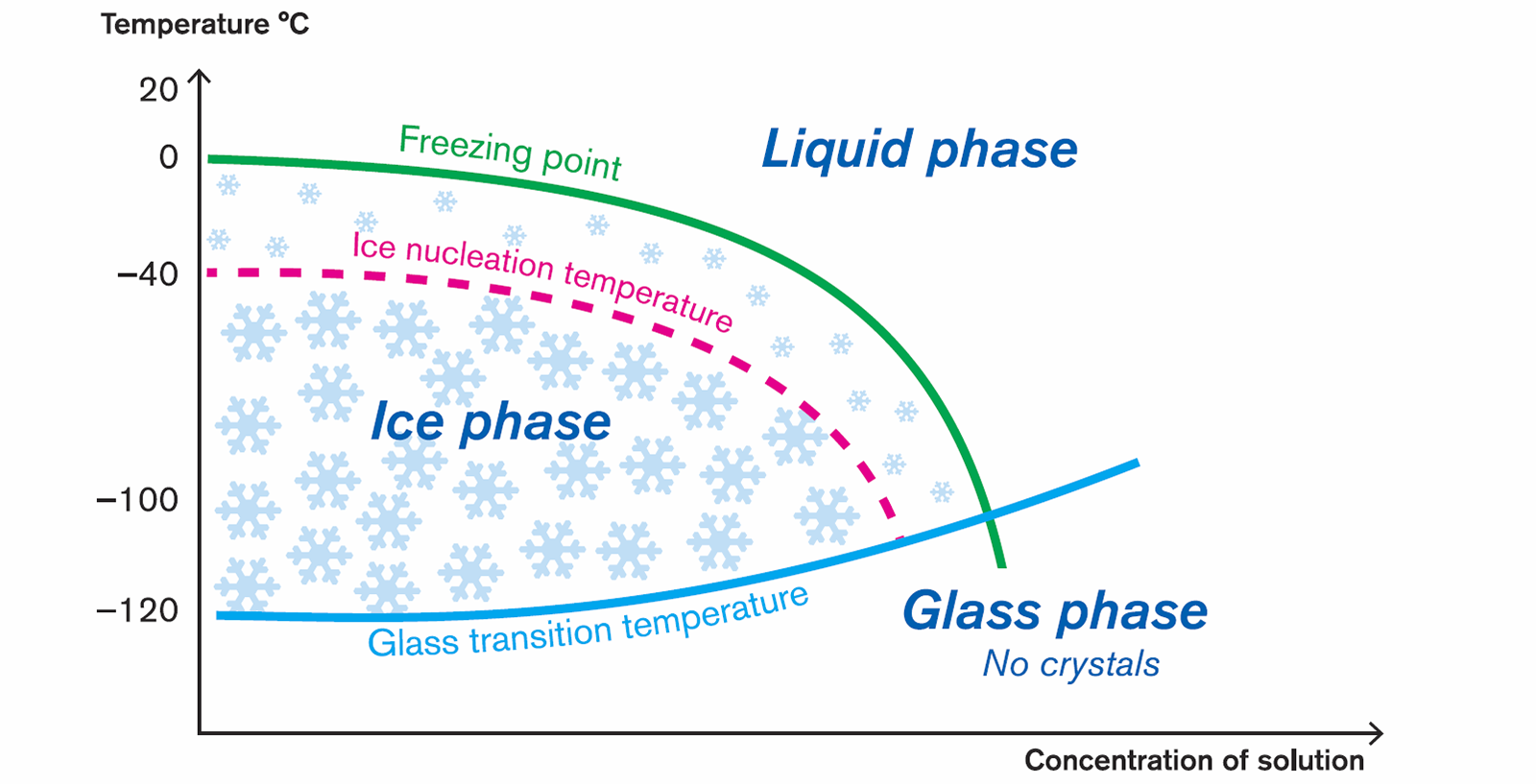Vitrification has in the recent years become the cryopreservation method of choice in many IVF-clinics. With survival rates superior to slow freezing and developmental potential of oocytes and embryos similar to fresh ones, results similar to fresh oocytes and embryos can be obtained. To continuously achieve these high survival rates there are matters to think about. In this blog post I will discuss some important factors.
Vitrification – what is it?
Both vitrification and slow freezing are cryopreservation methods that temporary stop the development of cells and allow for keeping them in storage for use at a later stage. Compared to slow freezing, vitrification is a cryopreservation method where ice formation is avoided.
Important factors for successful vitrification
Different aspects are important for successful vitrification. To secure that oocytes and embryos survive and maintain their functionality some factors need to be controlled. Three important factors for successful vitrification are:
- Avoid ice formation
- Keep the balance
- Keep the correct speed
Avoid ice formation
Not only cryoprotectants are important but also the handling of the cryopreserved material is important to avoid ice formation.
Keep the balance
Although the currently used method of vitrification is called non-equilibrium vitrification, balances are important to guarantee success.
Keep the correct speed
Initially, the success of vitrification has been attributed to cooling rates. Today, we know this is not fully correct. Although cooling rates play a role, it has been shown warming rates are more important.
Download white paper to learn more
I have written a white paper where I go through success factors in vitrification, together with an historic overview. Click to download the white paper. I hope you will enjoy the reading.
Topics: Vitrification
Written by Hubert Joris
Hubert is like a living library. What Hubert does not know about papers published in the field of IVF is not worth to know. Hubert is an experienced embryologist and was member of the Belgian group that invented the ICSI-method.

